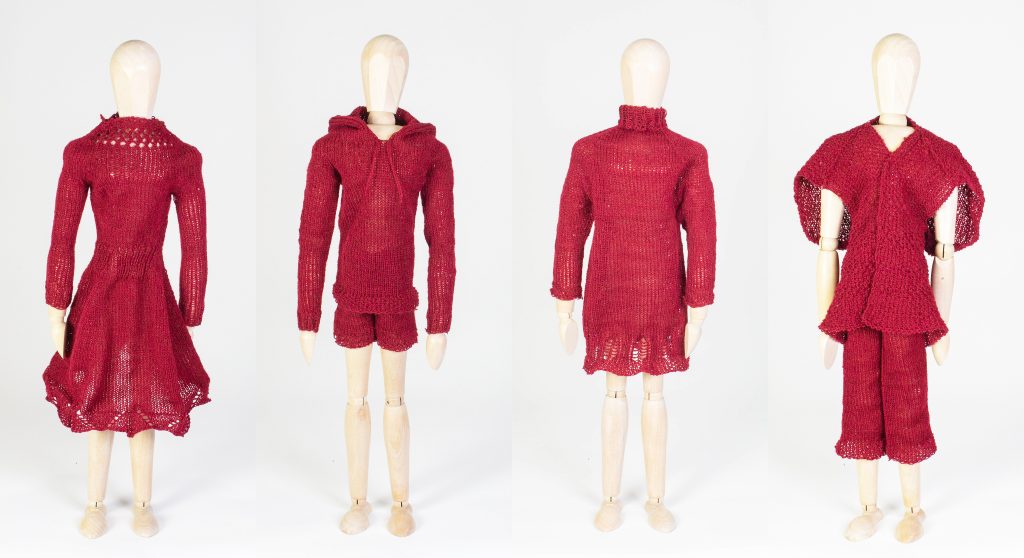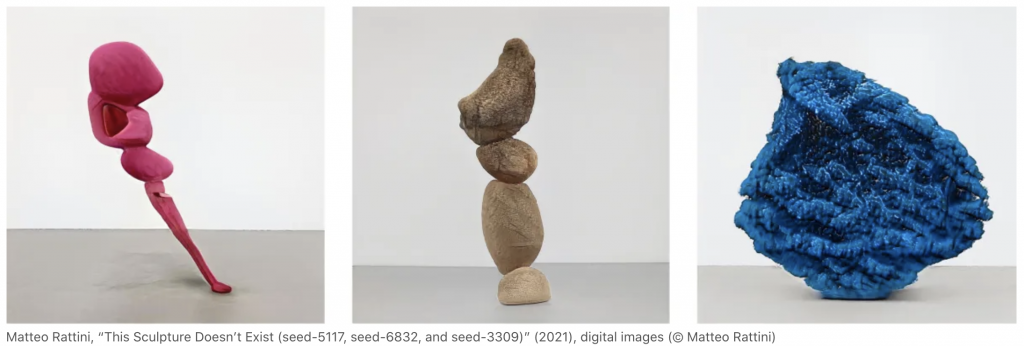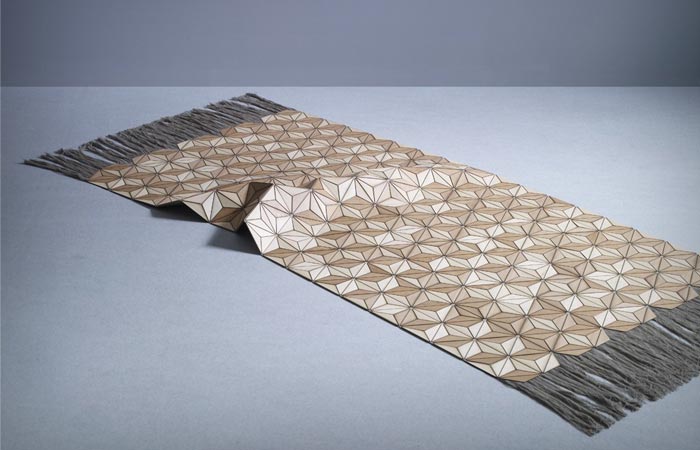The Free Universal Construction Kit
by F.A.T. Lab and Sy-Lab
The Free Universal Construction Kit is a set of 3D printable blocks that enable compatibility between ten different popular children’s construction toys. These blocks are not necessarily algorithmically generated, but I think that they are a particularly exciting example of computational fabrication. I think the way that they hijack existing toy systems is brilliant. With a fairly simple set of models this project activates a nearly endless set of new hybrid formal possibilities generated by a network of children at play. I also think it is really interesting how this piece subverts the strictly protected intellectual property of these toy systems. It is super playful, but also opens up an interesting conversation about how intellectual property laws can actually exclude possibilities for creativity rather than supporting it. It also speaks to a radical vision of the future where a robust open source commons combined with publicly accessible digital fabrication technology can provide an alternative means of production to corporate control.
![[OLD SEMESTER] 15-104 • Introduction to Computing for Creative Practice](https://courses.ideate.cmu.edu/15-104/f2021/wp-content/uploads/2023/09/stop-banner.png)



